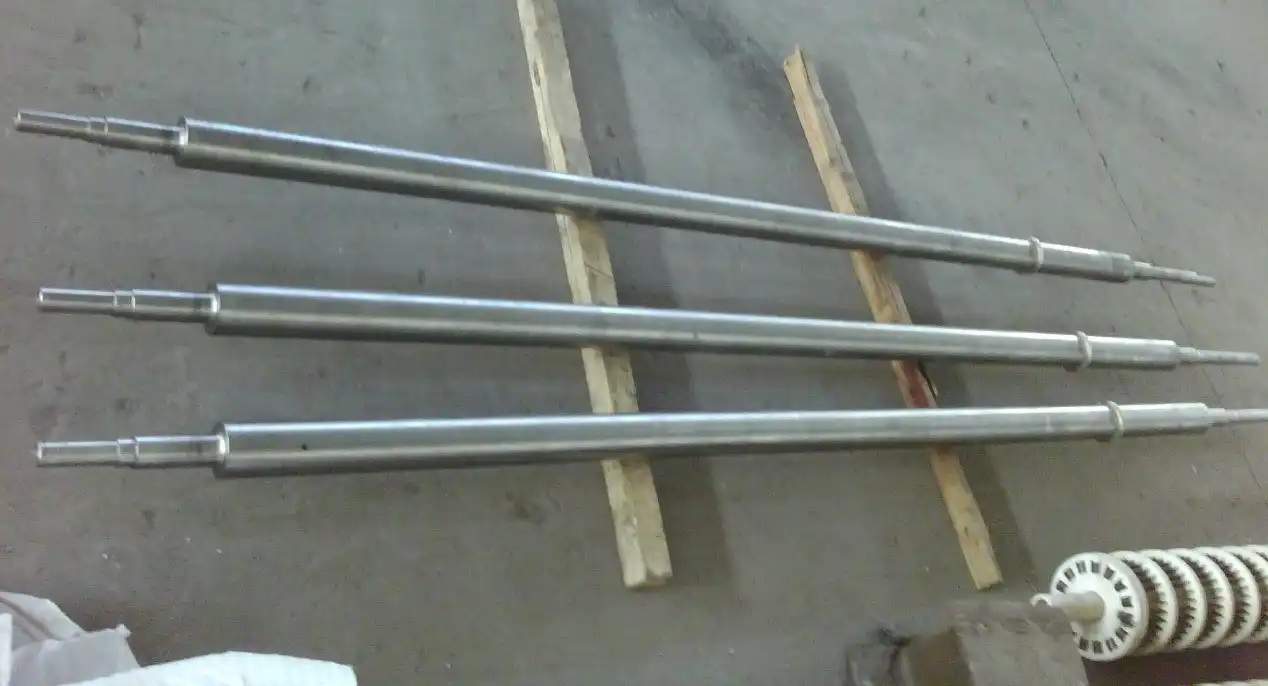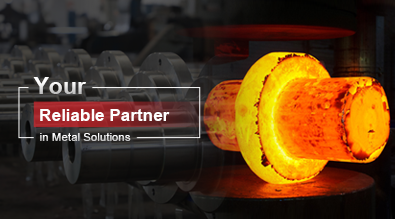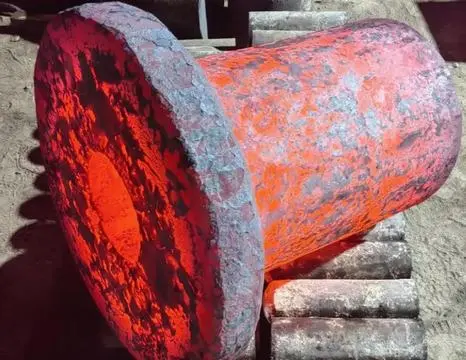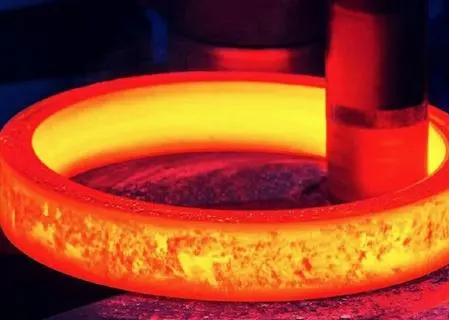Non-Destructive Testing (NDT) Methods for Furnace Rolls
Ultrasonic Testing: Detecting Internal Flaws
Ultrasonic testing is a widely used NDT method for evaluating the internal quality of furnace rolls. This technique employs high-frequency sound waves to detect subsurface defects, such as cracks, inclusions, and porosity. The sound waves are transmitted through the material, and any discontinuities or anomalies reflect the waves back to the receiver. By analyzing these reflections, technicians can identify and locate internal flaws that may compromise the integrity of the furnace roll.
The advantages of ultrasonic testing include its ability to detect flaws throughout the entire thickness of the material, its high sensitivity to small defects, and its non-invasive nature. This method is particularly valuable for assessing the quality of thick-walled furnace rolls used in high-temperature applications.
Magnetic Particle Inspection: Surface and Near-Surface Defect Detection
Magnetic particle inspection (MPI) is an effective method for detecting surface and near-surface defects in ferromagnetic materials, such as steel furnace rolls. This technique involves magnetizing the part and applying magnetic particles to the surface. Any discontinuities or flaws in the material create magnetic flux leakage, which attracts the particles and forms visible indications.
MPI is particularly useful for identifying surface-breaking defects like cracks, seams, and laps. It can also detect subsurface flaws that are close to the surface. The method is relatively quick and easy to perform, making it a popular choice for routine inspections of furnace rolls during manufacturing and maintenance.
Radiographic Testing: Comprehensive Internal Examination
Radiographic testing uses X-rays or gamma rays to create images of the internal structure of furnace rolls. This method provides a comprehensive view of the material's internal features, including weld quality, porosity, and inclusions. Radiographic testing is especially valuable for examining thick-walled furnace rolls and complex geometries where other NDT methods may have limitations.
While radiographic testing offers excellent detection capabilities for various types of internal defects, it requires specialized equipment and safety precautions due to the use of ionizing radiation. This method is often employed for critical components or when other NDT techniques yield inconclusive results.
Destructive Testing Methods for Furnace Roll Quality Assessment
Metallurgical Analysis: Evaluating Material Composition and Microstructure
Metallurgical analysis is a crucial destructive testing method used to assess the quality of furnace rolls. This technique involves examining the material's microstructure, chemical composition, and phase distribution. Samples are typically cut from the furnace roll and prepared for analysis using techniques such as optical microscopy, scanning electron microscopy (SEM), and energy-dispersive X-ray spectroscopy (EDS).
Through metallurgical analysis, manufacturers can verify that the furnace roll material meets the specified chemical composition requirements and exhibits the desired microstructural characteristics. This information is essential for ensuring that the roll will perform as expected under high-temperature conditions and resist thermal fatigue, oxidation, and other forms of degradation.
Mechanical Property Tests: Assessing Strength and Durability
Various mechanical property tests are conducted to evaluate the strength, hardness, and durability of furnace rolls. These tests include tensile strength testing, yield strength testing, elongation measurements, and hardness testing. Samples are typically machined from the furnace roll and subjected to standardized testing procedures to determine their mechanical properties.
The results of these tests provide crucial information about the roll's ability to withstand the stresses and loads encountered during operation. Manufacturers use this data to ensure that the furnace rolls meet the required specifications and can perform reliably in their intended applications.
Thermal Shock Resistance Testing: Simulating Operational Conditions
Thermal shock resistance testing is a specialized destructive test method used to assess how well furnace rolls can withstand rapid temperature changes. This test involves subjecting samples to cycles of heating and cooling, often using methods such as water quenching or air cooling. The samples are then examined for signs of cracking, spalling, or other forms of thermal damage.
By simulating the thermal cycling that furnace rolls experience during operation, this test helps manufacturers evaluate the material's resistance to thermal fatigue and ensure that the rolls can withstand the demanding conditions of high-temperature industrial processes.
Visual Inspection and Dimensional Checks for Furnace Roll Quality
Surface Condition Assessment: Identifying Visual Defects
Visual inspection is a fundamental quality assessment method for furnace rolls. Trained inspectors examine the roll's surface for visible defects such as cracks, pits, scratches, or signs of wear. This process may involve the use of magnifying glasses, borescopes, or other visual aids to detect subtle imperfections.
Visual inspection is particularly important for identifying surface defects that could lead to premature failure or reduced performance of the furnace roll. It also allows inspectors to assess the overall surface finish and condition, which can impact the roll's function and longevity in high-temperature environments.
Dimensional Verification: Ensuring Precise Measurements
Accurate dimensional checks are essential for guaranteeing that furnace rolls meet the specified design requirements. This process involves measuring various aspects of the roll, including diameter, length, roundness, and straightness. Precision measuring tools such as micrometers, calipers, and coordinate measuring machines (CMMs) are used to obtain highly accurate measurements.
Dimensional verification ensures that the furnace rolls will fit properly within the intended equipment and function as designed. Even small deviations from the specified dimensions can lead to operational issues or reduced efficiency in high-temperature processes.
Surface Roughness Measurement: Evaluating Finish Quality
Surface roughness measurement is a critical aspect of furnace roll quality assessment. This process involves using specialized instruments, such as profilometers, to quantify the surface texture and finish of the roll. The measurements provide data on parameters such as average roughness (Ra), maximum peak-to-valley height (Rz), and other surface characteristics.
Proper surface roughness is essential for optimal performance of furnace rolls, as it affects factors such as heat transfer efficiency, wear resistance, and product quality in applications where the roll comes into contact with materials being processed. By carefully evaluating surface roughness, manufacturers can ensure that furnace rolls meet the specific requirements of their intended applications.
In conclusion, assessing the quality of furnace rolls involves a comprehensive array of testing methods, both non-destructive and destructive. These techniques, combined with visual inspections and dimensional checks, provide a thorough evaluation of the roll's material properties, structural integrity, and conformance to specifications. By employing these rigorous testing methods, manufacturers can ensure that furnace rolls meet the demanding requirements of high-temperature industrial applications, ultimately contributing to improved performance, reliability, and longevity. For more information about furnace roll quality assessment and custom metal parts for various industries, please contact us at info@welongpost.com.




